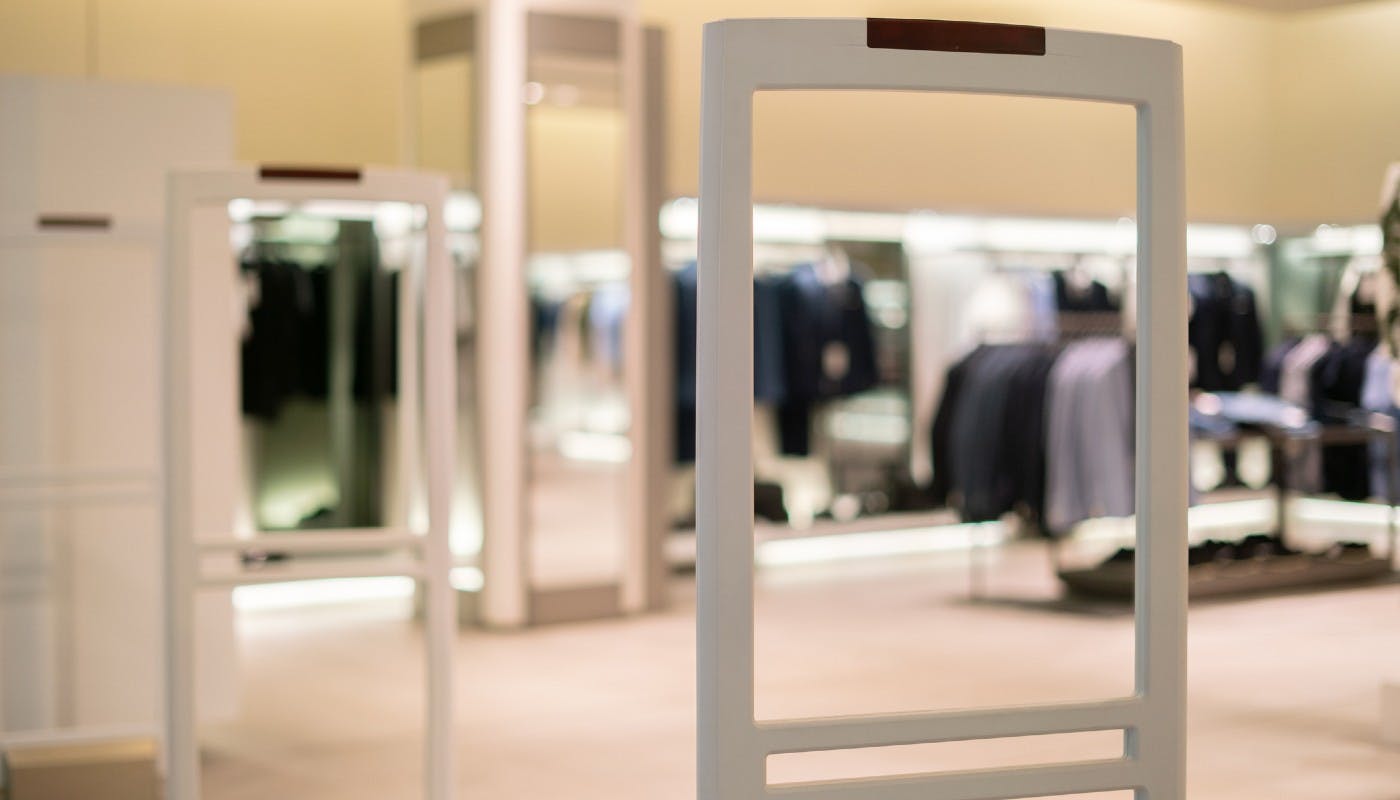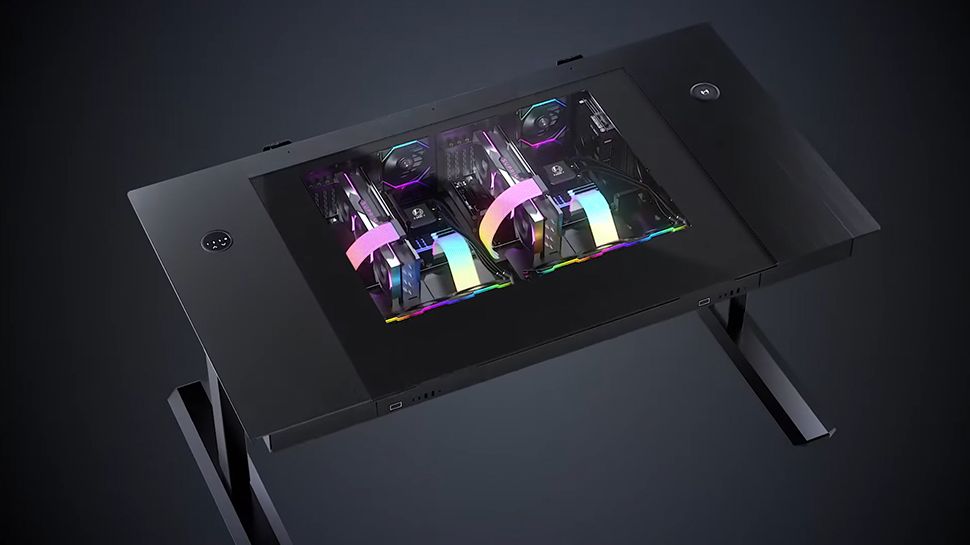Black Friday is nearly here, which means customers will be swarming stores to snag the best deals — and retailers will be bracing for the corresponding boost in thefts. But even aside from the Black Friday bump, theft is a growing problem for many retailers. How could AI reduce the risk?
1. Enabling Automatic Cart Audits
Some retailers have employees standing near store exits to check shoppers’ receipts as they leave, verifying that the list of items matches their cart contents. However, this process often becomes cumbersome during busy periods, requiring people to wait in lines. Leaders at Sam’s Club believe AI can do the task faster.
As of April 2024, more than 120 locations used AI exit scanning technology, and the overall figure matched executives’ goal of adding AI to 20% of its stores by the end of the first quarter. Sam’s Club represents the largest deployment of such customer-facing technology in the retail industry.
Customers who engage with it can
Participants mentioned they’d like faster and more convenient shopping trips and consistently brought up the waiting times associated with the previous cart audits as a primary downside. Now, computer-vision cameras and digital technologies work in the background to check that cart contents match a customer’s payment records. This high-tech approach aligns with the company’s other improvements, such as its Scan & Go offering, which allows people to bypass the traditional checkout process when buying their items.
The market value for AI products in retail was
2. Curbing Potentially Harmful Employee Preferentiality
Most people think of customers as the main people behind retail theft, but workers can exacerbate the problem, too. Sometimes, they might slip small items into their pockets during slow periods, believing no one will notice and they will never get caught.
The circumstances can also become more complicated. One example is what some in the retail industry call “sweethearting.” It happens when employees give discounts or free items to friends or relatives.
One tech company, Corsight AI, began offering AI technology to detect such interactions. More specifically, it
Critics have pointed out that regularly engaging with the same employees when shopping at a store doesn’t necessarily mean anything suspicious. Perhaps a customer appreciates a worker’s friendliness, efficiency or product knowledge, causing them to naturally interact when opportunities arise.
However, increasing theft problems have caused some retail leaders to scrutinize things they might have previously ignored. That is particularly true for retailers selling high-value items. For example, jewelry companies’ crime-related losses exceeded $129 million in 2022. These retailers usually have high-tech security systems, but those defenses probably won’t catch occasional instances of store workers offering unusually generous discounts. AI tools might.
3. Providing Better Awareness
Although circumstances vary, some potential shoplifters target locations before attempting to steal things. During each visit, they gather information such as the number of workers in the store at particular times, whether certain departments or products have dedicated security measures and the locations of entrances and exits.
Someone who goes to a well-staffed store, notices numerous security cameras and sees how employees seem continually aware of their surroundings may decide against proceeding with theft attempt plans. Conversely, stores that seem virtually deserted and feature few or no visible security cameras are much more appealing to would-be thieves.
Because AI products can work in the background and detect unusual occurrences, they help loss prevention officers and others become more aware of what happens in individual stores. For example, Everseen creates AI tech that can be used to help reduce self-checkout theft. Part of its approach involves processing footage from ceiling-mounted cameras, often gathering tens of millions of customer interactions daily.
Another helpful aspect of the technology is that it can scan shelves to determine when specific products are almost out of stock. Additionally, retail leaders can use this product to get near-real-time analytics about what’s happening in a store and receive prompts about handling certain situations. For example, if the AI spots a frustrated customer, it might prompt a worker to engage with them to learn what’s wrong.
Many retailers already use artificial intelligence creatively by incorporating it into their demand-planning processes. For example, automating supply chain activities could reduce costs
4. Analyzing Shoppers’ Gestures
Although many retailers use facial recognition technologies, some consumers dislike the perceived lack of privacy. An AI alternative is potentially less invasive because it does not analyze people’s appearance, but rather whether they make suspicious movements commonly linked to theft.
Wild Duck Wine & Spirits in Boston uses an AI product from company Veesion on all 24 of its security camera feeds. The technology checks shoppers’ gestures to see if they match those frequently used during shoplifting. For example, someone might try to conceal something in a clothing pocket. Another “red flag” occurs when people hide items in baby strollers. Finally, people may eat or drink while shopping, potentially consuming what they have not paid for yet.
If the AI spots something specific, it alerts workers
A representative from the AI company explained that this solution is about more than stopping people from stealing single items. It sends them a message that they should not try to repeat their actions because they’ll get caught.
Minimizing Theft in Retail
These fascinating examples show how AI can help store managers, loss prevention officers and other responsible parties reduce the frequency of theft in their locations. Choosing the appropriate tools and learning how to use them properly is crucial for success.











